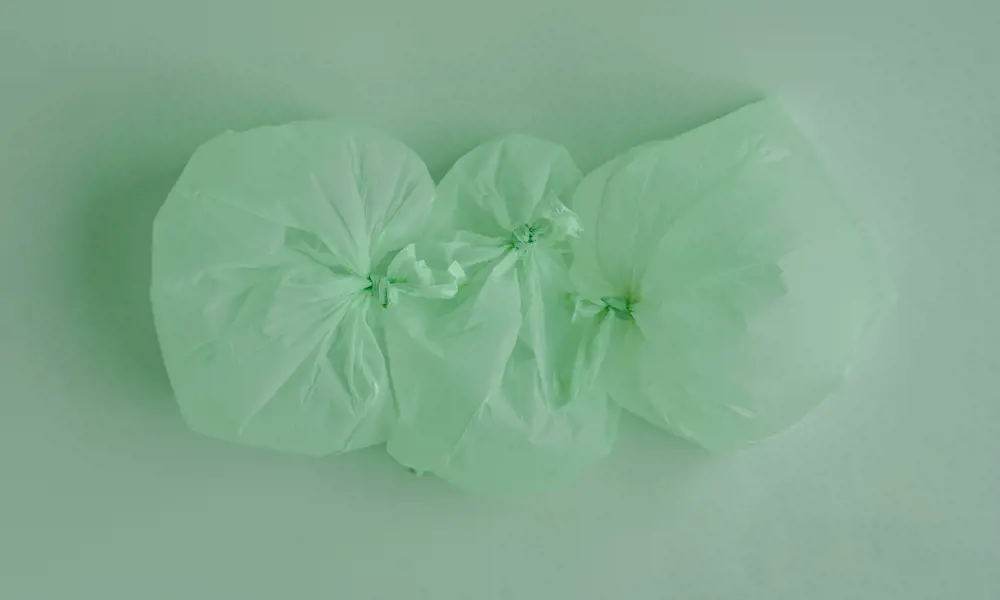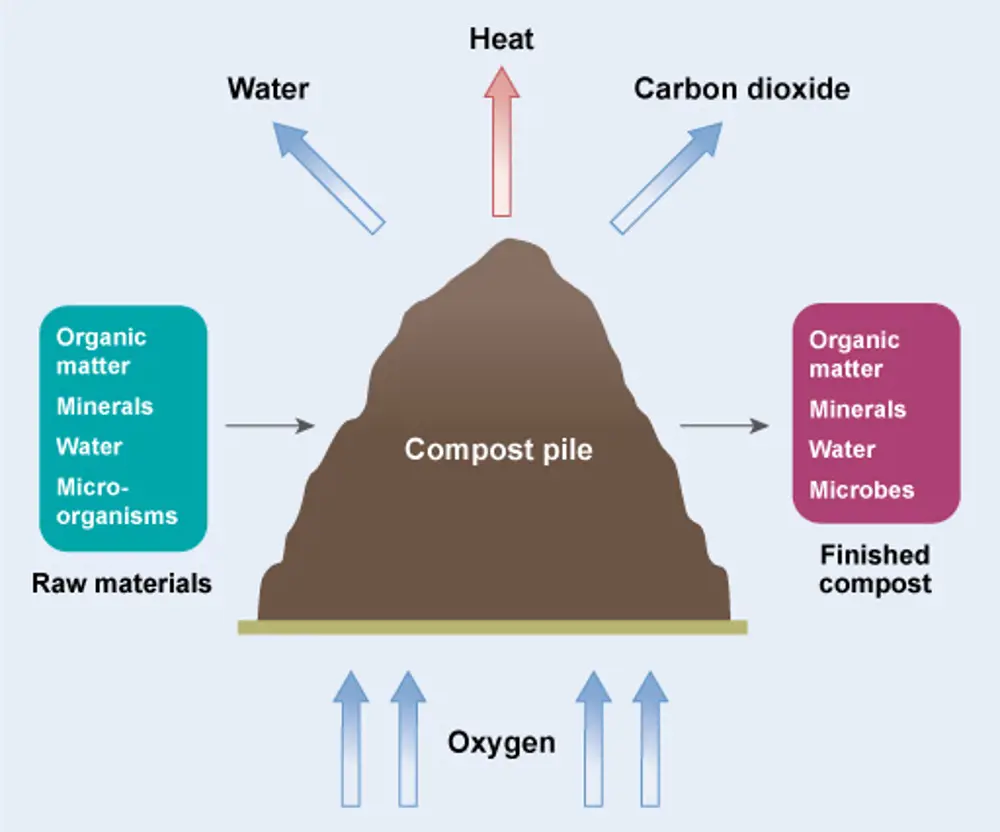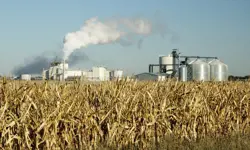
Compostable plastics
In 2018, WRAP launched the UK Plastics Pact to tackle the problem of plastic waste. One goal was to make all plastic packaging recyclable, reusable or compostable, and eliminate all unnecessary single-use packaging by 2025. This prompted an explosion of plastic products labelled ‘compostable’, particularly in areas where products can’t usually be recycled because of contamination, such as single-use nappies, wet wipes and ready-meal trays.
Wider awareness of plastic waste has ignited a strong public demand for more sustainable plastic products. Research from UCL’s Plastic Waste Innovation Hub found that 84% of households taking part in its citizen science survey reported that they were more likely to choose products marked as ‘biodegradable’ or ‘compostable’.
However, the UK currently doesn’t have any systems for collecting, sorting or processing compostable plastics en masse. According to Recycling Waste World, many existing industrial composting facilities won’t accept ‘compostable’ plastics as they are contamination risks. Products are unregulated and consumers report being confused about how to properly dispose of them.

How compost works
Compostable plastics are a subset of biodegradable plastics – polymer materials designed to biodegrade in certain composting environments, either a home composter or, more commonly, industrial composting facilities. Around half of the biodegradable plastics in the market are made from starch-blends with polyesters such as polylactic acid and polycaprolactone.
Their breakdown by microbes can be aerobic (in the presence of oxygen) or anaerobic (in the absence of oxygen) to become biomass (nutrient-rich organic matter that can be used to fertilise and improve soil), water and carbon dioxide (for aerobic composting) or methane (for anaerobic conditions). Most products labelled ‘compostable’ aren’t suitable for home composting but need processing in industrial plants.
These plants closely control the temperature, presence of specific microbes, and amount of water, UV light and gases present to ensure the plastics compost as completely as possible. The problem with home composting units or plastics composting in the wider environment is that these variables are not at all controlled. These unknowns, together with the size, shape, surface area, and thickness of the plastic objects themselves, can all affect the time taken for the material to compost, if it does at all.
Compostable plastics don’t have to completely disappear to gain the title. European standards for compostable packaging require that the material breaks down under industrial-scale composting conditions within 12 weeks, leaving no more than 10% of the original material in pieces bigger than two millimetres, and doing no harm to the soil itself in terms of the presence of toxic elements or affecting the pH, saltiness and presence of minerals like nitrogen, phosphorus, magnesium, and potassium.
In other words, ‘compostable’ coffee cups, wet wipes or teabags that end up in a home composting bin – or worse out in the wider environment – may still be there in months or years to come, or will have disintegrated into microplastics, which can wreak their own havoc on soils and ecosystems.
Without better guidance, regulation and infrastructure, compostable plastics risk making the environmental problem with plastics worse.
Contributors
Dr Anna Ploszajski is an award-winning materials scientist, writer, presenter, podcaster, performer, trainer, and storyteller. She is a materials generalist, equally fascinated by merino wool as stainless steel, through all the wonderful metals, plastics, ceramics, glasses, and natural substances that make up our material world.
Keep up-to-date with Ingenia for free
SubscribeRelated content
Chemical

Q&A: Olivia Sweeney
Olivia Sweeney sources aroma chemicals to create fragrances at cosmetics company Lush. She is working on finding new, more sustainable sources of fragrance ingredients, with an interest in the research and development of chemical production from waste streams.

Biofuels’ journey to the mainstream
Liquid biofuels today make up about 8% of road and non-road fuel supplies in the UK. The government plans to reach nearly 10% by 2020 in order to reduce CO₂ emissions. It has also laid out targets to incentivise innovation and the production of ‘development fuels’.

Q&A: Michelle Watiki
From placements at Xerox and Rolls Royce, to becoming a board member for the Association for Black and Ethnic Minority Engineers, chemical engineering graduate Michelle Watiki hopes to apply her knowledge to sustainability and net zero, as well as helping future engineering students.

Wastewater epidemiology
Sampling and testing of wastewater is helping governments across the world to track COVID-19 infections on a large scale.
Other content from Ingenia
Quick read

- Environment & sustainability
- Opinion
A young engineer’s perspective on the good, the bad and the ugly of COP27

- Environment & sustainability
- Issue 95
How do we pay for net zero technologies?
Quick read

- Transport
- Mechanical
- How I got here
Electrifying trains and STEMAZING outreach

- Civil & structural
- Environment & sustainability
- Issue 95